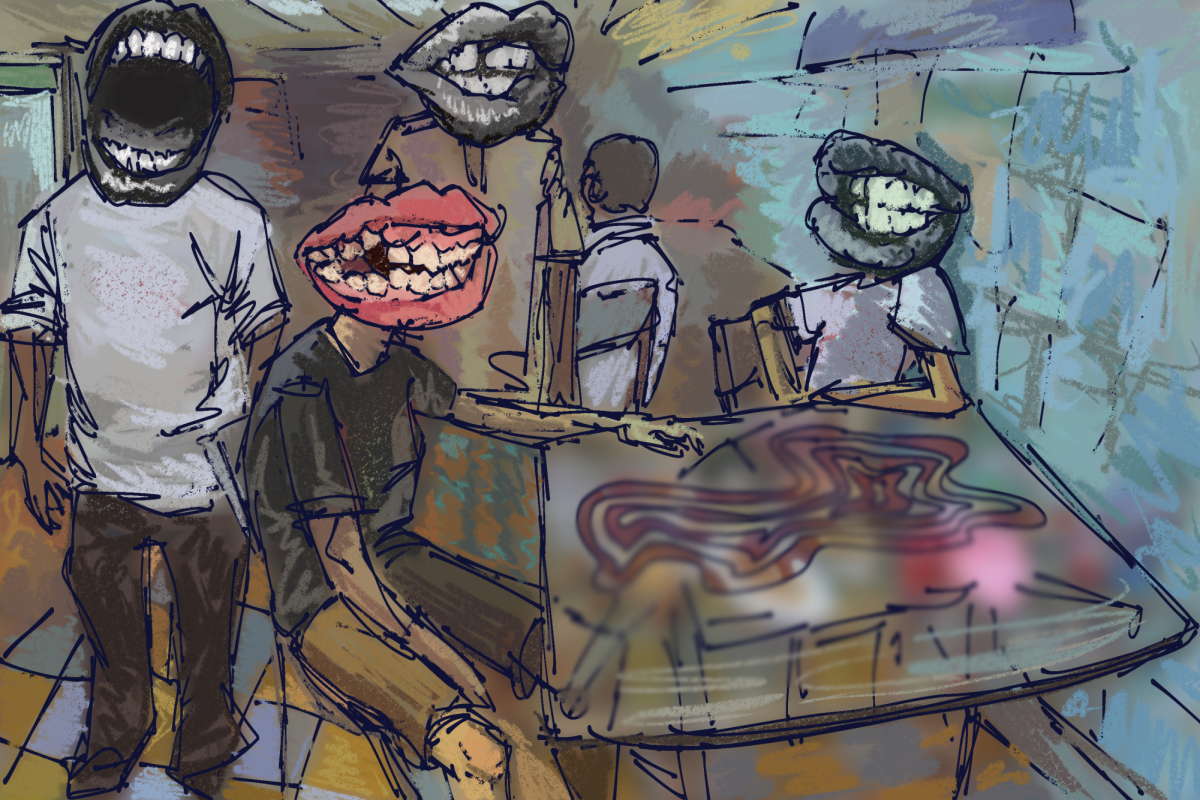Collaboration leads to innovation.
UT needs to push for more collaboration between students of different majors and for departments within different colleges, essentially allowing more programs and projects to be developed.
Developing more collaborative opportunities throughout campus will not only allow UT students access to classes outside of their majors but will allow for enhanced innovation and creativity throughout UT as a whole.
In some colleges, courses are restricted to those who major within that specific college. Each department has its own specific rules that present challenges to non-majors who want to add certain courses.
“There was a time where I was interested in four different majors but couldn’t get into their classes,” English senior Bridgette Bilson said.
In the rare instance where Bilson was able to get a seat in a course outside of her major, she was limited to the entry-level version of that non-major course. “(These introduction classes) aren’t giving you the full picture of what (the major) entails — it only gives you the basics,” Bilson said.
Another example of the inaccessibility students face outside their majors are the challenges computer science majors face when attempting to take courses within the Arts and Entertainment Technologies department. Paul Toprac, associate director of game design and development, and Bruce Porter, chair of the joint committee developing the program, have launched the Game Development and Design Program to bridge the gap between the two departments, allowing students from both majors to collaborate to develop video games.
Toprac said these issues that students face can be attributed to the way UT is structured, causing “100 percent of seats (in a course to be) allocated solely to their own majors” in many cases.
UT must begin to construct more collaborative opportunities through joint degree programs, cross-listed classes and innovative capstone courses for students of various majors and colleges.
Porter said partnerships between UT Computer Science and other university departments have recently launched and some have resulted in new joint degree programs.
Clearly, developing more collaborative opportunities across campus is possible, but UT needs to emphasize it.
“Employers are looking for people who have strength in some area but also the perspective to work with others,” Porter said. “It’s especially important now that students have these opportunities to explore intersections between areas and not just specialize in one thing.”
If more innovation and capstone courses such as the Game Development and Design Program are assembled through cross-listed classes or through the Bridging Disciplines Program, both of which allocate seats within courses strictly to non-majors, UT will begin to see more innovation and unlock the full potential of students.
Collaboration gives students more control over their education.
Eseoghene Igbru, an electrical engineering and math senior, joined Bilson to develop ‘Goddessinme’ — an app that connects hair stylists and students with one another based off the student’s school location. Although these women are in two completely different fields of study, they were still able to “feed off one another,” Igbru said. “(It) allowed (their) idea come to life,” Bilson added. These women serve as a great example of how collaboration between different skill sets can lead to the development of a functioning and purposeful product.
If UT focuses on facilitating more collaborative opportunities for students of different majors, it will make groundbreaking opportunities more common and attainable across the university.
“What Starts Here Changes the World,” so let’s collaborate more across campus to make this slogan come to fruition.
West Jr. is a journalism sophomore from New Orleans, Louisiana.


















